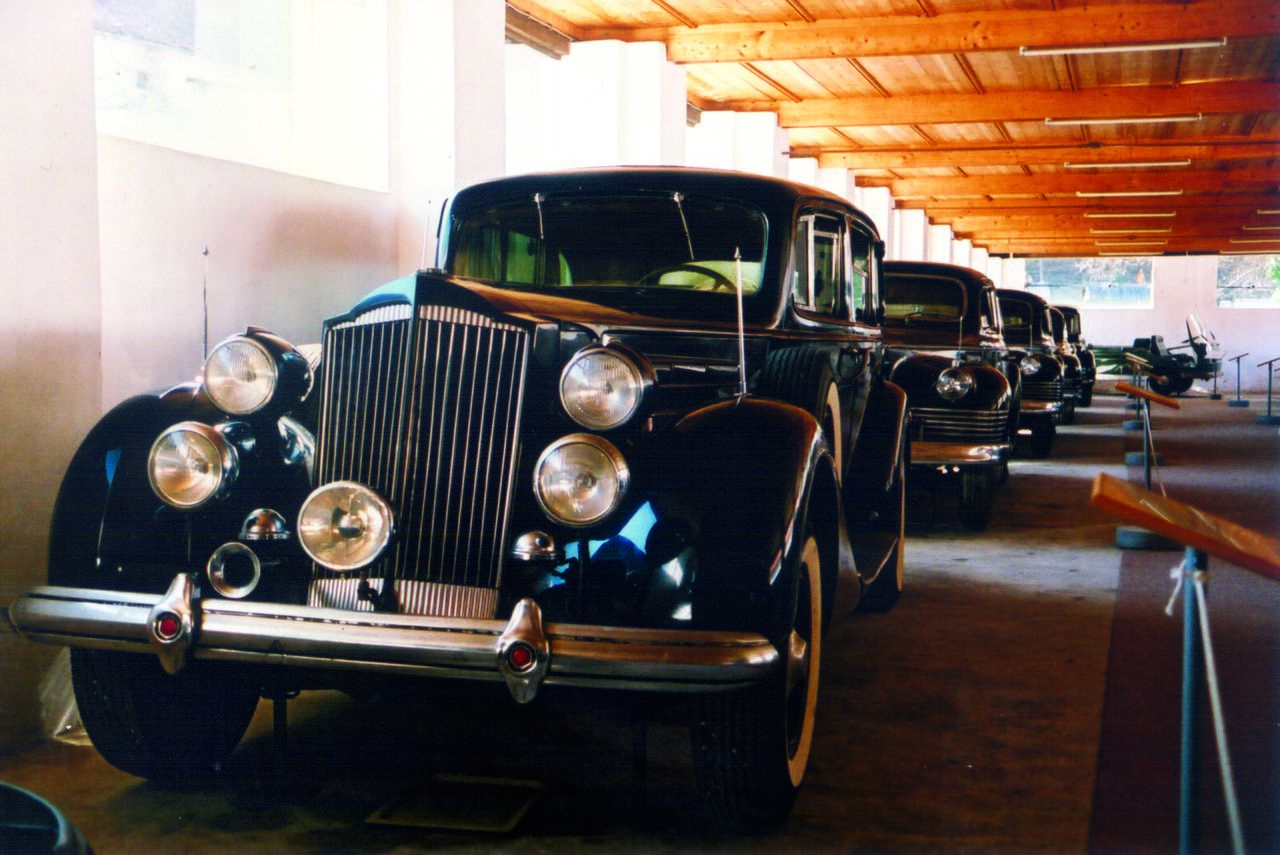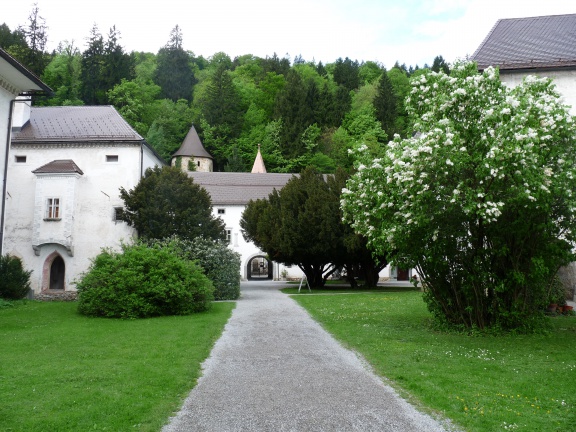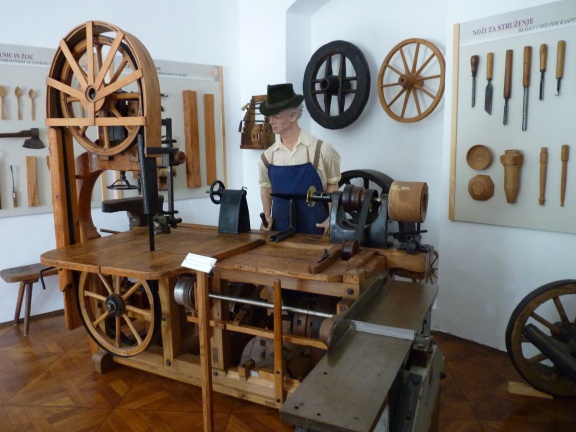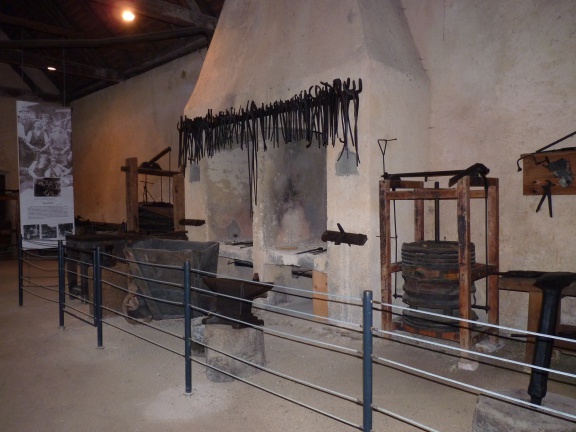Technical Museum of Slovenia
-
to
9 Oct 2018
31 Jan 2019
The exhibition Reaching for the Stars with Elan, curated by Vladimir Vilman and organised by the Technical Museum of Slovenia, supported by the Embassy of the Republic of Slovenia Zagreb,
-
to
25 Jan 2017
7 Apr 2017
-
to
15 Apr 2015
15 Jun 2015
An exhibition on the life and work of Janez Puhar, the inventor of the photographic plate, organised by Technical Museum of Slovenia, supported by the Embassy of the Republic of Slovenia Bratislava,
-
to
29 Jun 2013
9 Oct 2013
The exhibition The Man Who Propelled Vessels - Josef Ressel, co-organised by the Technical Museum of Slovenia
-
to
13 Dec 2012
31 Jan 2013
-
to
15 Dec 2011
31 Jan 2012
-
to
21 Sep 2011
30 Sep 2011
-
to
15 Oct 2010
5 Dec 2010
History
Since its establishment the Technical Museum has been housed within the buildings of the former Bistra Carthusian Monastery, which had been managed since 1947 by the Forestry Institute of Slovenia and then already used to house the institute's museum collections. When it was founded in 1951 (on the initiative of Ciril Rekar and the Association of Engineers and Technicians) the Technical Museum of Slovenia consequently strongly focused on the previously existing institute's forestry, woodworking and hunting collections. It opened its doors in 1953.
However, during its long history the museum managed a number of collections that later became independent institutions, including the Kropa Iron Forging Museum, the Ravne na Koroškem Museum, the Idrija Municipal Museum and the Coal Mining Museum of Slovenia in Velenje.
 An aerial photo of the former Bistra Carthusian Monastery, now the Technical Museum of Slovenia, 2014
An aerial photo of the former Bistra Carthusian Monastery, now the Technical Museum of Slovenia, 2014
Collections
The Forestry and Woodworking Department is displayed in a 300-square-metre exhibition area. The Hunting Museum Collection, originating in 1947, occupies a 700-square-metre exhibition area equipped with computer-supported multimedia as well as film and sound recordings. The Fishing Department, opened later, in 1982, also incorporates an ecology section.
The Transportation Department occupies the largest exhibition area of about 2,500 square metres, and includes a collection depicting the development of automobile traffic in Slovenia territory and various Slovene road vehicles (the oldest ones being from 1906); a collection of prestigious presidential limousines formerly owned by the one-time leader of Yugoslavia, Josip Broz Tito; a rich collection of bicycles, tracing its long development from the beginning of the 19th century onward; a collection of automobiles on a long-term loan from the German Technical Museum in Berlin; and the Motorcycle collection, with motorbikes that were commonly found in the Slovene territory during the last century or so, also featuring the Slovene-built Tomos motorcycles that make up the the Motorcycles from Koper exhibition.
The Textile Department presents the history of spinning and weaving and the machine production of fabrics. The collection of the Electric Machinery & Electrical Engineering Department presents the history of electrification in Slovenia. The museum also hosts a Woodworking collection and the Agriculture department. A special place in the museum is allocated to water powered machinery and tools: the Venetian sawmill, the Veneer sawmill, waterwheels used to power such smithy devices as a sledge hammer, the mill, the fulling mill, and so on.
The permanent exhibition The Written Word: History of printing in Slovenia (opened in 2006) displays the history of printing, paper, printing inks, letterpress, book binding, office printing. Demonstrations include type casting, setting by hand, machine set, hand printing by printing machine, illustration printing by plate and book stitching.

International cooperation
The Technical Museum of Slovenia is quite ambitious in working and collaborating internationally. A couple of such projects, supported by the EU Culture and Creative Europe Programmes, are the following:
In 2009 TMS launched the project "Central European Science Adventure – CESA" project togetehr with five technical museums from the region: the Vienna Technical Museum, the Hungarian Museum of Science, Technology and Transport, the Technical Museum in Brno, the Slovak Technical Museum in Košice and the City Engineering Museum in Krakow. The project re-evaluated and presented interesting inventions and discoveries, as well as renowned and unknown scientists and inventors in the field of physics, chemistry, biology, mathematics, mountain science, construction, etc. The touring exhibition also resulted in a web lexicon.
Also in 2009 "A Taste of Europe" project was conceived by the Museum of Work in Norrköping, Sweden, to foster intercultural dialogue about food production and everyday consumption. Each of the nine invited museums selected one food product that is of special national importance. Thus the Technical Museum of Slovenia presented honey (the reputation of Slovene beekeeping became known as early as 1689 via Janez Vajkard Valvasor!), while other museums featured milk (Sweden), wheat (Hungary), pork (Denmark), beer (Czech Republic), the potato (Estonia), bread (Finnland), fish (Scottland) and olive oil (Portugal). The nine exhibition variations were accompanied with interesting texts, also available online.
In 2013 the Technical Museum of Slovenia and its partners from Sweden, Poland, Finland, Belgium and Germany started a two-year project Work With Sounds, recording disappearing or "endangered" sounds of the industrial society.
In 2017 a similar consortium initiated a follow-up project called the Sounds of Changes. They wish to document a portion of the rapidly changing today's world, namely the change in its acoustic landscape. They collect today’s sounds and soundscapes, thus creating a reference material that can be used for future historical comparisons and descriptions.
See also
- Bistra Carthusian Monastery
- Bogenšperk Castle
- Pantz Forester's Gravity Cableway
- Museum of Post and Telecommunications
- Soteska Depot of Vehicles
- Association of Slovene Museums
- Vransko Motorcycle Museum
External links
- Technical Museum of Slovenia website
- Virtual Museum Guide on Burger.si
- Sounds of Work Archive - Work with Sounds project
- Sounds of Changes Archive
- The Central European Science Adventure (CESA) website - a lexicon of forgotten scientists























